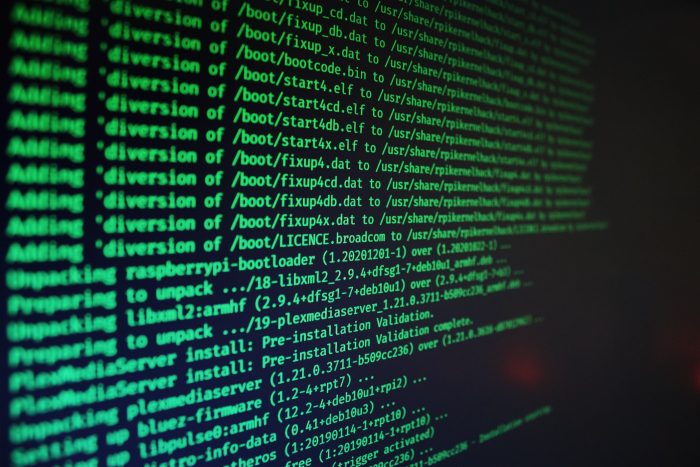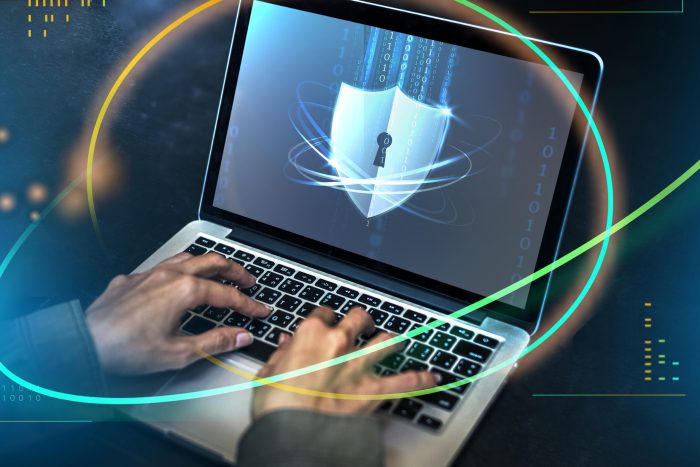Cybercriminals have become more creative in their methods of extortion and attack, with ransomware now being one of their most popular weapons. If you find yourself infected with ransomware, read this guide to learn how to recover from the infection and get your data back.
1. Implement a Backup Strategy
Ransomware attacks are becoming more and more common, so it’s important to have a backup strategy in place to help you recover from a ransomware attack. Here are five ways to implement a backup strategy:
- Make regular backups of your computer files. This will help you restore your computer if it becomes infected with ransomware.
- Keep a copy of your critical computer files offline. This will help you protect them from being encrypted by ransomware, and you can access them if your computer is infected with ransomware.
- Create a recovery plan if your computer security and networking become infected with ransomware. This will outline what steps you will take to recover your computer, and how long it will take.
- Install antivirus software on your computer and keep it up-to-date. Antivirus software can help prevent ransomware from encrypting your files, and can also detect other malware that may be harmful to your computer.
- Contact your IT department to see if they can provide you with assistance should you become infected with ransomware. Your IT department may have tools or resources that can help you recover from the attack faster.
2. Restore Files From a Previous Backup

Source: hackread.com
If you have a backup of your files, you can restore them to a different computer or to the same computer after the ransomware has been removed. Here are four ways to do this:
- Use the backup copy of your files.
- Use a USB drive or external hard drive.
- Restore your files from a cloud storage service such as Google Drive, iCloud, or OneDrive.
- Use a file recovery program such as Recuva or FileZilla.
3. Remove Malware With an Antivirus Program
If you have been infected with ransomware, there are a number of things you can do to try and recover your data. One of the most effective ways to remove the malware is to use an antivirus program. Many of these programs will automatically remove the ransomware once it is detected.
4. Restrict Access to Certain Files and Folders
- Restrict access to certain files and folders. If ransomware locks up your computer, you’ll need to restrict access to the files that it wants to encrypt in order to regain control of your computer. This can be done by locking certain files or folders with a password or by setting a schedule that forces users to enter a password before accessing these files.
- Delete suspicious files. If you’ve been infected with ransomware, there’s a good chance that it has installed malicious software on your computer as well. Remove any suspicious files from your computer – even if you don’t think they’re related to the ransomware infection – in order to clear out any potential malware infections.
- Use an antivirus product. Antivirus products are one of the most effective ways of protecting your computer against malware, ransomware and other types of viruses. Make sure that you have updated your antivirus software and that it is configured to scan for ransomware infections.
- Use backups and restore procedures. Have back-up procedures in place in case something happens that prevents you from accessing your computer – such as a ransomware attack. Also, make sure that you have adequate restoration procedures in place in case something happens to your original data backup(s).
5. Change Passwords on All Accounts

Source: digitalinformationworld.com
When a ransomware attack locks your computer, the first thing you should do is change all of your passwords. Not only do you need to protect yourself against future attacks, but you may also need to access your computer if it’s not accessible through the internet. Make sure to use different passwords for every account, especially if you use the same password for multiple websites or services. You can also create a password manager to help keep track of all of your passwords. And remember to never open email attachments from people you don’t know!
6. Enable Two-factor Authentication
Enable two-factor authentication to help protect your account from ransomware attacks. Two-factor authentication helps protect your account by requiring an additional verification step before you can access it. This additional verification step can be a code sent to your phone, or a unique code generated by the website.
7. Install an Antispyware Program
If you find yourself in the unfortunate situation of being locked out of your computer after a ransomware attack, there are a few things you can do to try and get back into your system. One of the most important things is to install an antispyware program to help clean up any malware that may have infected your computer.
8. Restore Encrypted Files

Source: cyberowl.io
If you have been affected by ransomware, there are a few things you can do in order to try and restore your files. Restoring encrypted files is not always possible, but if it is possible, here are a few tips.
- Restore your backups. If you have made backups of your files before the attack, restoring them will likely help fix the problem. If you do not have any backups, try to recover the files from where they were when the attack occurred.
- Use a data recovery service. Data recovery services can often recover data that has been encrypted by ransomware. This may be more difficult than recovering files from a backup, but it is often worth trying if other options do not work.
- Remove the ransomware virus from your computer. This may be impossible or very difficult, depending on the type of ransomware virus that infected your computer. However, if possible, trying to remove the virus may help restore your files.




